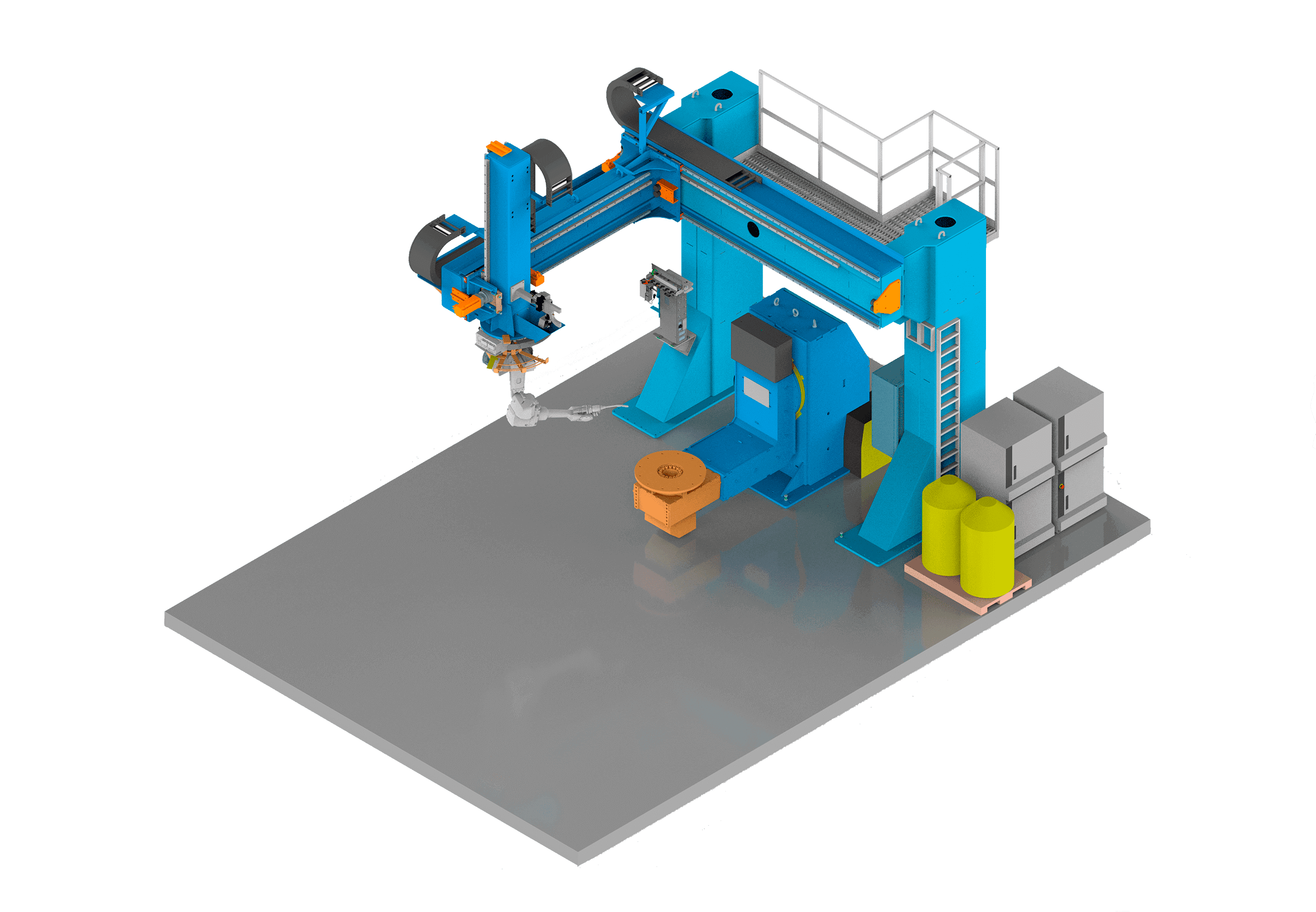Tig, MIG, MAG, Spot or Laser welding? What is the difference

Welding is a crucial process in many industries, from construction to manufacturing. There are many different types of welding, each with its own unique characteristics and advantages. In this blog post, we will compare five common welding techniques: TIG welding, MIG welding, MAG welding, spot welding, and laser welding.
Differences and similarities between TIG, MIG, MAG, Spot and laser welding
TIG welding
also known as Gas Tungsten Arc Welding (GTAW), is a precision welding method that uses a tungsten electrode to produce a high-quality weld. TIG welding is commonly used to weld thin materials, such as stainless steel and aluminum, because it allows for precise control over the heat input and weld puddle.
MIG welding
also known as Gas Metal Arc Welding (GMAW), is a fast and efficient welding method that uses a wire electrode and a shielding gas to produce a weld. MIG welding is often used to weld thicker materials, such as steel, because it can produce a large amount of weld metal in a short amount of time.
MAG welding
also known as Metal Active Gas welding, is similar to MIG welding, but it uses active gases like argon and helium to produce a weld. MAG welding is often used for aluminum and magnesium alloys, it is a method that is less common than TIG or MIG welding.
Spot welding
is a type of welding that uses two electrodes to apply pressure and heat to a small area of the material, creating a weld. Spot welding is often used to weld thin sheets of metal together, such as in the automotive industry.
Laser welding
is a type of welding that uses a high-powered laser to melt the material and create a weld. Laser welding is often used to weld very thin materials, such as in medical device manufacturing, or to weld in hard-to-reach areas.
Conclusion:
Each of these welding techniques has its own unique advantages and disadvantages, and each is better suited for certain materials than others. For example, TIG welding is best for thin materials, while MIG welding is best for thick materials. Similarly, spot welding is best for thin sheets of metal, while laser welding is best for very thin materials or hard-to-reach areas.
Jucat offers tailormade solutions for your robot welding needs
- Designed and assembled by Jucat
- Different welding techniques
- Different levels of automation
- Using ABB Robotics



